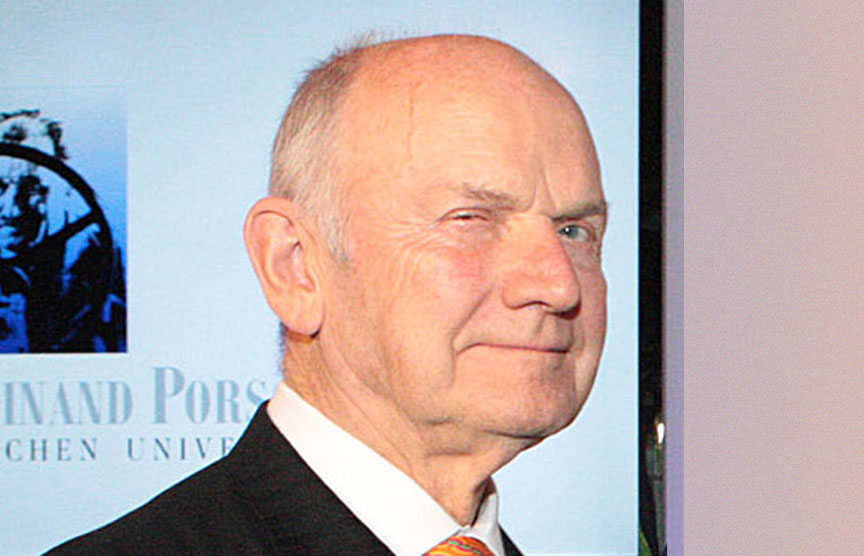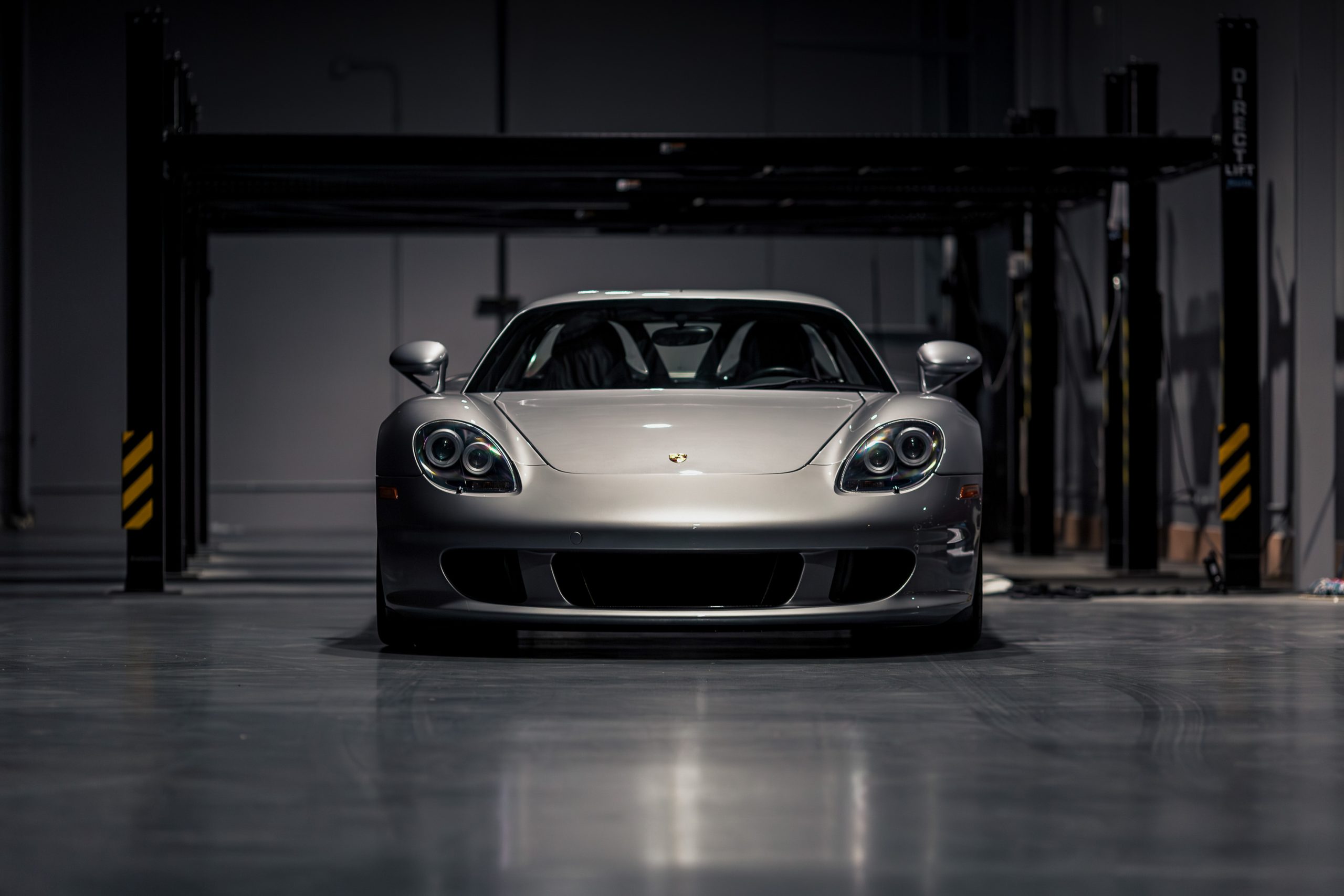Ferdinand Piëch
(1937 – 2019)
Named car executive of the century in 1999, Ferdinand Piëch transformed Volkswagen into the world’s largest carmaker by revenue. Piëch was the grandson of Ferdinand Porsche. Piëch did everything from leading motor racing operations at Porsche during the 1960s, to turning Audi into a true luxury automotive leader, and then reviving VW in the 1990s and 2000s, turning it into a 12-brand empire, including brands like Lamborghini, Bugatti and Porsche.
Bob Lutz perhaps described Piëch the best when he said “one of the greats in the automotive industry . . . There’s no question Ferdinand was a brilliant person, a brilliant engineer, and a great leader.” He added: “I didn’t always agree with his dictatorial style of leadership, but he was certainly results-driven and accepted no excuses for failure.” Hans Dieter Pötsch, Piëch’s successor as chairman said: “Ferdinand Piëch shaped the development of the car like no other, pushing forward the entire industry and above all Volkswagen.”
No Subscription? You’re missing out
Get immediate ad-free access to all our premium content.
Get Started



